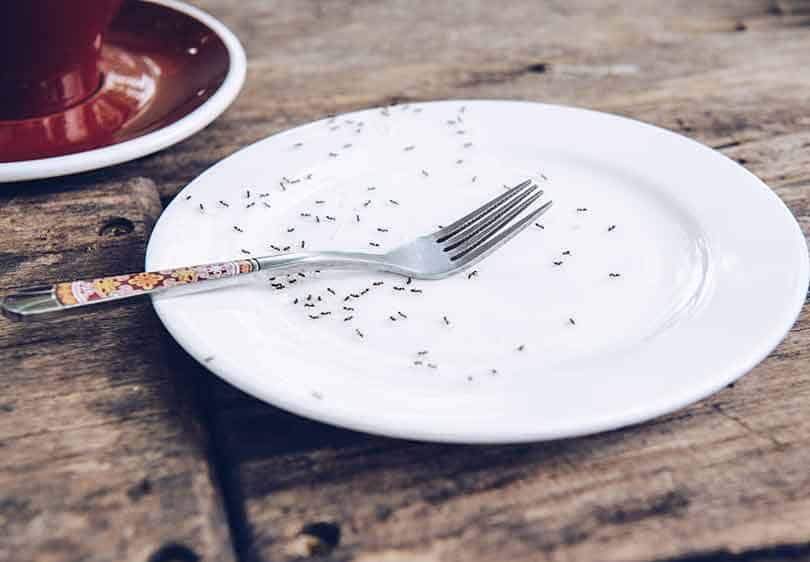Approaches in Vole Control Utah: What Functions Best?
Approaches in Vole Control Utah: What Functions Best?
Blog Article
Effective Bug Control Solutions for Vole Infestations

In the world of parasite control, vole problems offer an one-of-a-kind obstacle that demands a tactical approach. By diving right into the ins and outs of vole habits and exploring an array of control approaches, a thorough bug administration plan tailored to these evasive animals can be crafted. From natural repellents to innovative capturing methods, the collection against vole problems is multi-faceted.
Recognizing Vole Habits
Voles, tiny rats frequently found in gardens and areas, exhibit distinct habits patterns that are essential to understand when applying bug control steps - best vole pest control. These creatures are respected diggers, creating a comprehensive network of passages underground where they nest, shop food, and seek shelter from killers and severe weather condition. Voles are herbivores and primarily feed on grasses, bulbs, seeds, and origins, making fields and yards excellent habitats for them
One key actions of voles is their rapid price of reproduction. Females can offer birth to multiple clutters annually, with litter sizes varying from three to six dogs. This high reproductive capability permits vole populations to quickly increase, resulting in problems if left uncontrolled.
Comprehending vole actions likewise entails recognizing their patterns of activity and foraging. Voles create surface area paths in grassy locations as they travel in between their burrows and food sources. By observing these runways and the areas of burrow entryways, parasite control experts can recognize high-traffic areas and strategically place catches or deterrents to effectively handle vole populaces.
Natural Repellents and Deterrents
With an understanding of vole actions as a foundation, checking out all-natural repellents and deterrents ends up being necessary in effectively taking care of vole problems in fields and gardens. Natural repellents offer a ecologically friendly and sustainable approach to preventing voles without creating injury to various other wildlife or the environment. Planting daffodils, crown imperials, or other vole-resistant light bulbs can assist maintain voles at bay because of their unattractive taste and smell. In addition, including killer urine, such as that of coyotes or foxes, around the yard border can produce a natural barrier that signals threat to voles, urging them to keep away.
Additionally, making use of castor oil-based repellents can interfere with vole tunnels as they find the odor and taste unpleasant, motivating them to move. Mulching with products like crushed rock, lava rocks, or crude sand can likewise hinder voles as they dislike excavating through these rough materials. Executing a mix of these all-natural repellents and deterrents can assist properly manage vole populations in a lasting and safe manner, safeguarding crops and yards from vole damage.
Trapping Strategies for Voles

Snap traps are designed to eliminate voles promptly upon activation. These traps need to be put in areas where voles are known to travel, such as close to burrow entryways or along their paths. It is vital to inspect snap catches frequently and get rid of any kind of caught voles quickly to view it now guarantee the performance of the trapping procedure.
Live catches are a much more gentle option for those that desire to catch voles without damaging them. When a vole is captured in a live catch, it can be safely moved to a different place and launched unharmed. Live catches need to be inspected often to stop anxiety or harm to the caught voles.
When setting catches for voles, it is essential to consider their actions and practices to increase the possibility of success (best vole pest control). By utilizing the ideal trapping techniques, vole populations can be properly handled, minimizing the damages they trigger to farming and yard areas
Executing Physical Obstacles
To further strengthen the protection against vole invasions, the tactical implementation of physical barriers emerges as a proactive action to guard farming and yard areas. Physical barriers such as cord mesh, equipment cloth, or fencings can be set up underground to protect against voles from delving into fields or yards.
In addition, using tree guards or trunk wraps constructed from steel or plastic can shield tree trunks from vole damages throughout winter season when other food resources are limited. These guards must extend over the expected snow line to avoid voles from gnawing on the bark. Normal examination and upkeep of these barriers are necessary to guarantee their proceeded effectiveness in hindering vole invasions and safeguarding valuable plants and plants.
Integrated Pest Monitoring Methods
Integrating different insect control techniques, including biological controls, environment adjustment, and monitoring, develops the basis of reliable Integrated Pest Administration strategies for attending to vole problems. Biological controls include presenting all-natural predators of voles, such as snakes or owls, to the affected area to aid lower vole populaces.
Conclusion
To conclude, reliable parasite control solutions for vole infestations include recognizing vole actions, utilizing natural repellents and deterrents, executing capturing strategies, and establishing up physical barriers. Integrated insect administration approaches can also be used to address vole infestations comprehensively. By combining these methods, homeowner can successfully handle and reduce vole populations without the demand for extreme pesticide use.
With an understanding of vole actions as a structure, checking out natural repellents and deterrents becomes essential in effectively taking care of vole invasions in fields and gardens. Applying a mix of these natural repellents and deterrents more helpful hints can aid visit the website properly handle vole populations in a non-toxic and sustainable way, safeguarding crops and yards from vole damage.
Integrating different bug control techniques, including biological controls, environment control, and monitoring, creates the basis of reliable Integrated Insect Management strategies for addressing vole problems. Biological controls involve presenting natural killers of voles, such as serpents or owls, to the damaged area to help minimize vole populations (vole control service).In conclusion, reliable pest control remedies for vole infestations include understanding vole actions, utilizing all-natural repellents and deterrents, executing capturing techniques, and establishing up physical barriers
Report this page